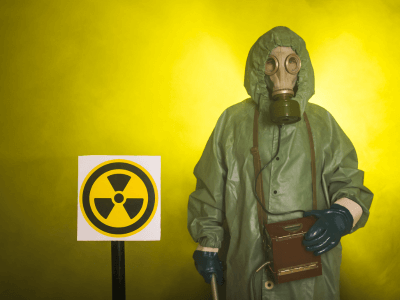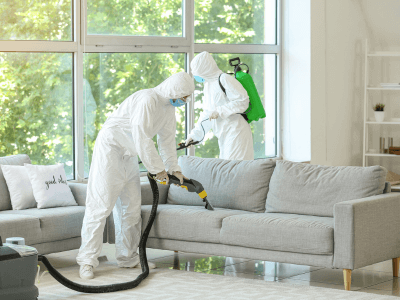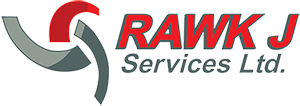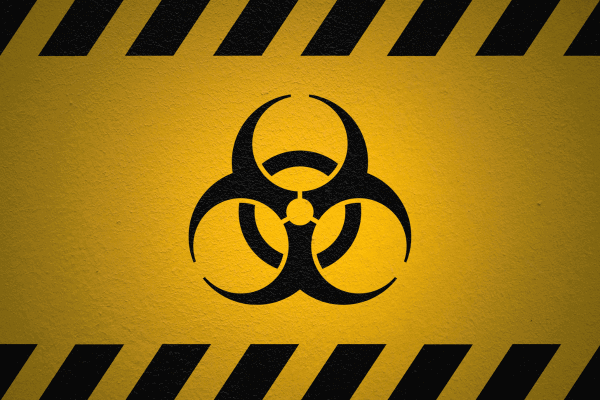When you hear the term biohazard cleanup, it can send shivers down your spine. It sounds serious—and it is! Nobody wants to think about hazardous materials lurking around their home or business, but sometimes life throws us curveballs that we have to face head-on. Whether it’s a small spill or a bigger mess, understanding what biohazard cleanup involves is crucial for your safety and peace of mind. Let’s take a look at what you need to know.
What is Hazmat? Understanding Biohazards and Hazardous Materials

First things first: let’s break down what we mean by hazmat. Hazmat is short for hazardous materials, and these can be anything from cleaning supplies to more dangerous substances like chemicals or biological waste. They’re materials that can potentially harm people or the environment, so it’s important to know what they are and where they might be hiding.
While all biohazards are hazardous materials, not all hazardous materials are biohazards. Biohazards specifically refer to substances that pose a risk to living organisms, particularly humans. This includes things like blood, bodily fluids, or any waste that may contain infectious agents. By understanding this distinction, you’ll be better equipped to identify potential hazards and take appropriate action.
The Hazmat Table: Different Categories of Hazardous Materials
To make sense of hazardous materials, we refer to the hazmat table. This handy guide categorizes materials based on their properties and risks, helping you identify potential dangers in your environment. Here are the main categories:
- Flammable Materials: These can easily catch fire—think gasoline or certain cleaning agents.
- Corrosive Materials: These substances can damage living tissue and other materials, like strong acids.
- Reactive Materials: These can cause explosions or release toxic gases when they come into contact with other substances.
- Toxic Materials: Harmful if ingested or inhaled, examples include some pesticides and heavy metals.
Knowing these categories helps you spot potential hazards, keeping yourself and your loved ones safe.
Biohazard Cleanup: What You Need to Know

When we talk about biohazard cleanup, we’re referring to the process of dealing with hazardous biological materials. This might be necessary in situations like:
- Crime Scenes: If a crime occurs, there could be blood or bodily fluids that need professional cleanup.
- Medical Waste: Clinics and hospitals generate waste that must be disposed of safely.
- Sewage Spills: If sewage leaks, it poses serious health risks and requires immediate attention.
Here’s how the biohazard cleanup process typically works:
- Assessment: Experts evaluate the situation to understand the extent of the hazard.
- Containment: They secure the area to prevent further exposure.
- Cleanup: Professionals use specialized equipment and techniques to safely remove and dispose of biohazardous materials.
- Decontamination: Surfaces are cleaned and disinfected to ensure they’re safe for use again.
- Disposal: All materials are disposed of following local regulations to prevent contamination.
This process is complex and requires the right expertise, so it’s not something to take on yourself.
The Importance of Hazardous Material Disposal
Proper hazardous material disposal isn’t just a legal requirement; it’s essential for public safety and environmental health. If hazardous materials aren’t disposed of correctly, they can contaminate soil and water, leading to serious health risks.
Here are key points to keep in mind:
- Follow Local Regulations: Alberta has specific rules for hazardous waste disposal. Familiarizing yourself with these can help you stay compliant.
- Hire Certified Experts: Trained professionals understand how to handle disposal safely and effectively.
- Think About the Environment: Responsible disposal methods are vital for protecting both people and the planet. Always choose options that minimize environmental impact.
At Rawk J Services, we prioritize safe and compliant hazardous material disposal to protect our community in Red Deer and beyond.
Hazmat Waste Removal: Best Practices for Safety
Hazmat waste removal involves safely taking hazardous materials away from a site. Here are some best practices to ensure it’s done safely:
- Preparation: Ensure the area is well-ventilated and that protective gear, like gloves and masks, is available.
- Containment: Use appropriate, labelled containers to store hazardous waste and prevent spills.
- Follow Safety Protocols: Stick to established safety protocols and keep unauthorized people away from the area.
- Documentation: Keep thorough records of what was removed and how it was disposed of to ensure compliance.
Working with certified experts for hazmat waste removal is crucial. Our team at Rawk J Services is trained to handle this process efficiently, prioritizing safety every step of the way.
Why Choose Certified Experts for Biohazard Cleanup?
You might wonder why it’s essential to hire certified professionals for biohazard cleanup. Here’s why it matters:
- Expertise and Training: Certified experts have undergone extensive training to handle hazardous materials safely. They know the risks involved and how to mitigate them effectively.
- Proper Equipment: Professionals have access to specialized tools designed for biohazard cleanup, ensuring the job is done right.
- Peace of Mind: Knowing trained experts are handling the situation can relieve stress during a tough time.
- Community Trust: As a family-owned company in Red Deer, we care deeply about our clients and are committed to delivering high-quality, honest services.
What to Expect During a Biohazard Cleanup
It’s understandable to feel anxious about the cleanup process. Here’s what you can typically expect when you hire professionals:
- Initial Consultation: A friendly expert will assess the situation, explain what needs to be done, and answer any questions you have.
- Clear Communication: Throughout the process, the team will keep you informed about what they’re doing and why. Transparency is key!
- Respectful Service: Professionals understand that biohazard situations can be sensitive, and they approach the cleanup with compassion and care.
- Post-Cleanup Follow-Up: After the job is done, you may receive information about maintaining a safe environment moving forward.
Your Safety is Our Priority
Biohazard cleanup and hazmat safety can feel overwhelming, but you don’t have to go it alone. Understanding the processes and knowing when to reach out for help can make a huge difference. If you ever find yourself in a situation involving hazardous materials, remember that Rawk J Services is just a phone call away.
We’re here to support you 24/7 with thorough assessments, safe cleanup, and responsible disposal. Your safety and peace of mind are our top priorities, and we’re committed to serving our community with the care it deserves. If you’re facing a biohazard challenge or simply want to know more about how we can help, reach out today. Together, we can keep Red Deer safe and sound!
Additional Resources
A comprehensive resource offering information about hazardous materials, safety guidelines, and regulatory requirements in Canada.
- Alberta Health Services – Environmental Public Health
Provides guidance on managing hazardous materials and the health impacts associated with them, specifically for residents of Alberta. - Government of Canada – Environmental Protection
Outlines federal guidelines for managing hazardous waste, including disposal and safety regulations. - WorkSafe Alberta
Focused on workplace safety, this resource includes guidelines on handling hazardous materials safely across various industries.

